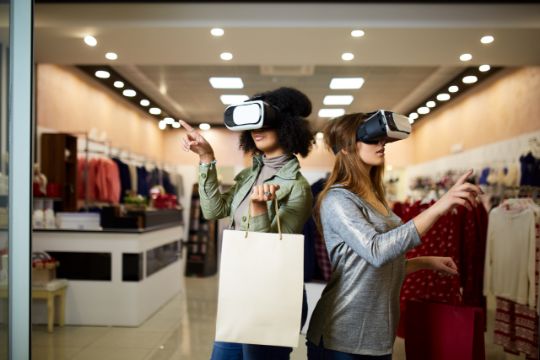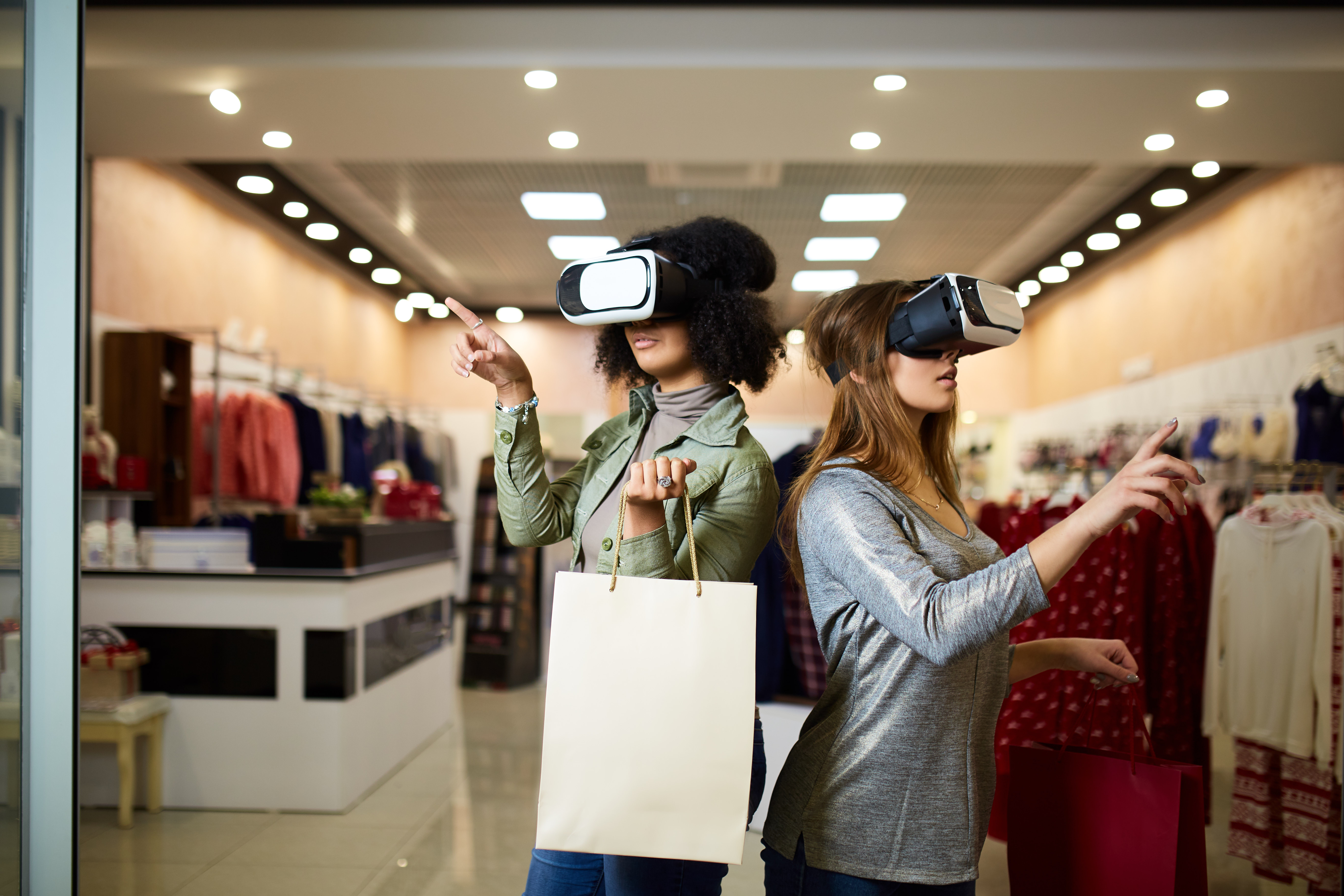Author | Source
Severin Renold

Severin Renold
Innovation and digitisation in the textile industry
If one speaks of the decline of the retail trade in the old cities today, the clothing industry is often cited as an example, which has come under increasing pressure from online platforms such as Zalando, Amazon and co. The trend is clear, customers appreciate the convenient search and comparison on portals that make it possible to put together the one or other eye-catcher after work and have it delivered straight home. A huge selection, at any time and everywhere, with prices that are hard to beat for easy to digest shop tenants. Not only that, even the return of wrongly ordered goods, or if this simply does not fit, is taken over by many providers free of charge. How profitable this business model can be in the long run is clear, but it is clear that customer growth with such a strategy exponentially increases and the need for familiar shopping trips through the city from day to day decreases. Whether these online companies start to optimize their profitability differently when they reach critical mass or other inidicators, whether by adjusting their pricing strategy or by new sources of monetization, is above all a matter of time. The challenge will be to continue to retain customers and remain attractive with further innovations. The latter could also represent an opportunity for the local clothing market, which can currently exist primarily through customer service, qualitative aspects and interpersonal interactions. Those who manage to turn customers into fans, build a community around their own brand and keep up with the times will also be able to operate successfully in the future and face up to pure online competition. In addition to the option of joining such platforms or strengthening one’s own online distribution, this article takes up another focus, namely that of customizing.

What is meant by Customizing? Customizing refers to the individualization and adaptation of the products and services of entrepreneurs to the needs of consumers. This goes hand in hand with a permanent saturation and oversupply of standardized offers, whereby the niche products become more and more popular. This also led to terms such as Chris Anderson’s Long Tail approach in 2004, which described why bestsellers are being pushed out of the market. This is due to the high level of transparency in the Internet age and the opportunities for comparison, with customers increasingly looking for specific and special offers rather than being tempted by sales promotion measures. So, contrary to the 80/20 Pareto principle, where a small part of the product was the big seller, Zero Gravity and On-Demand Delivery, where huge warehouses are dismantled and a large number of niche products are the winning products.
The superlative of such niche products could, as mentioned, be the individualized garment. This is not a world novelty, but rather the idea of making this service suitable for the masses. According to numerous studies, this would not only have a positive effect on the long-term balance sheets (reduction of storage costs, less rejects, almost no return costs), but the environment would also be spared with efficient production and supply chains. How could something like this look in practice, you ask yourself?
Consider the following scenario: The customer is standing in the shop, which is exclusively equipped with the most necessary clothing / shoe variation, and is worried about the perfect outfit in terms of color choice and style. What if the mass could be read by body scanning, for example in a wardrobe with a realtime projecting touchscreen monitor, and this then shows the complete selection of the product warehouse. The customer is mirrored in the monitor and can now put together his own outfit without having to constantly change clothes or look for the right size. He is dressed according to his choice, mirrored and displayed on the monitor. These approaches in the area of Virtual / Augmented Reality are explained in more detail in a separate article. Insofar as he now agrees on the perfect constellation of his outfit or of course on individual items of clothing, he confirms his selection, pays (for the first time still at the checkout, in future also possible without further sales personnel) and triggers the order in the manufacturing center. Thanks to the uninterrupted networking, production can be started directly without having to touch on the subject of 3D printing, with other automated machines that can accept and process orders without an intermediate point. With a certain amount of artificial intelligence in combination with robotics, the outfit is delivered within the next 48 hours.

Such short delivery times are not possible with foreign production facilities you say? True, but automated machine factories or robots are just as expensive in Switzerland as they are in the Far East (wage comparison, without comparison of electricity and rent), so it could come to a return of added value in domestic terrain to realize exactly such USP’s. (See Ovomaltine) Quite clearly, this is a purely hypothetical list of possible scenarios, without taking into account workforce relocation, privacy concerns and hundreds of other relevant factors, but who would have thought 20 years ago that a company like Facebook would be catapulted to the most powerful corporations in the world. Innovation arises when existing business models are disrupted and this is very rarely predictable for the average consumer. Companies such as Adidas and other predominantly sports-oriented sales companies are setting an example, and now the opportunity must be identified and adapted to other segments. The first step is the foundation for new insights. We therefore remain curious as to who will take the leading role in this regard and how long it will take for the retail trade to bundle the necessary resources in order not to allow precisely those innovations to pass by.
